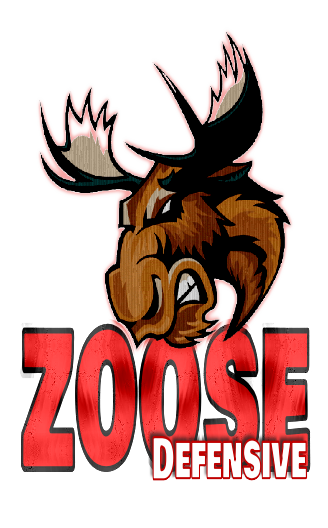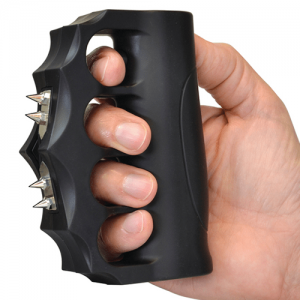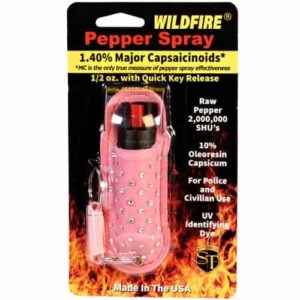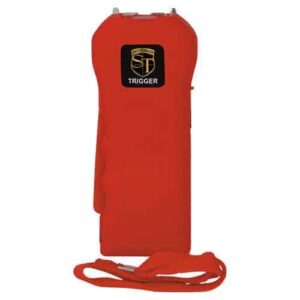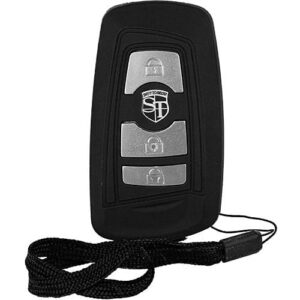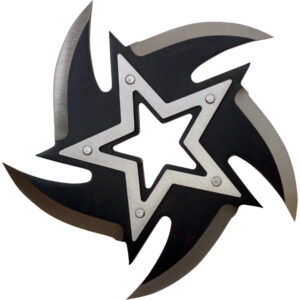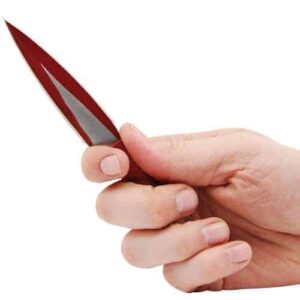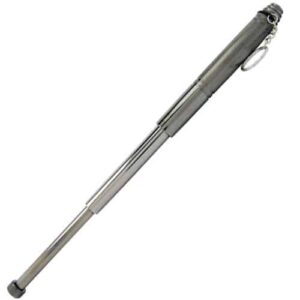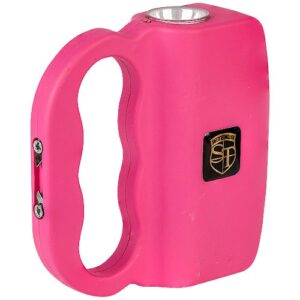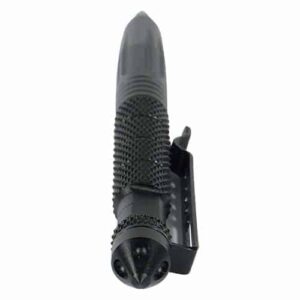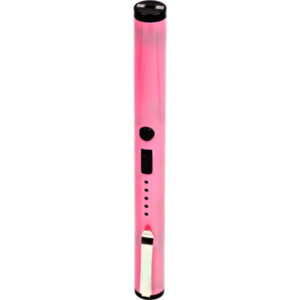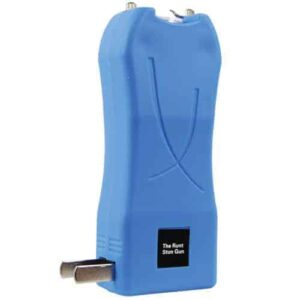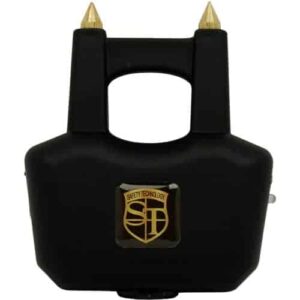Looking out for yourself may at times require a strong stance, and of course, it’s no less than what you deserve. In the fascinating article “Cheapest Self Defense Weapons”, you’ll discover a diverse range of affordable, user-friendly tools that can greatly contribute to your personal safety. It enlightens you with information about self-defense weapons that are not just easy on the pocket, but also compact, simple to use, and highly effective. So, get prepared to increase your safety quotient without straining your budget!
Table of Contents
TogglePepper Spray
Pepper spray, an accessible and relatively cheap self-defense tool, can be quickly deployed to fend off threats. Derived from hot peppers and packed into an aerosol can, the oleoresin capsicum spray can temporarily blind and incapacitate an assailant, giving you time to escape and call for help.
Types of Pepper Spray
You’ll find different types of pepper spray in the market. The most common variants are cannister style, pen models, and compact keychain versions. Some look like common items like lipstick or cell phones, for the element of surprise. You’ll also find different patterns like stream, fog, foam, and gel, each having a specific range and usage style.
Pros and Cons of Pepper Spray
Pepper spray stands out for its ease of use, effectiveness, and non-lethal nature. You don’t need physical strength to use it, and it isn’t likely to cause permanent damage. However, it does have downsides. It can affect you too if it’s windy or if you’re in a confined space. Also, it requires accuracy, as you need to hit the assailant’s face, and it might not be effective against those under the influence of drugs or alcohol.
How to Use Pepper Spray
To use pepper spray, ensure it’s within easy reach. Grip it firmly, point it towards the assailant’s face, and spray. Aim for the eyes and respiratory area. Practice using it so that if the time comes, you know precisely how to hold it and how far it shoots.
Personal Alarms
For those who prefer non-physical self-defense weapons, personal alarms can be a lifesaver. They produce an intensely loud sound designed to scare off criminals and attract attention.
Types of Personal Alarms
Personal alarms come in different shapes and sizes, from models that attach to your keychain to those you can wear as a necklace or bracelet. Some are standalone while others include added features like a flashlight or a GPS tracker.
Pros and Cons of Personal Alarms
Personal alarms are compact, easy to use, and attract attention, which can deter criminals. They’re also legal everywhere. The downside is that they rely on someone hearing and responding to the alarm.
How to Use Personal Alarms
Using a personal alarm is straightforward: just press the button or pull the pin, and it’ll start screaming. Ensure you know how to stop it too. Keep it handy and easy to reach at all times.
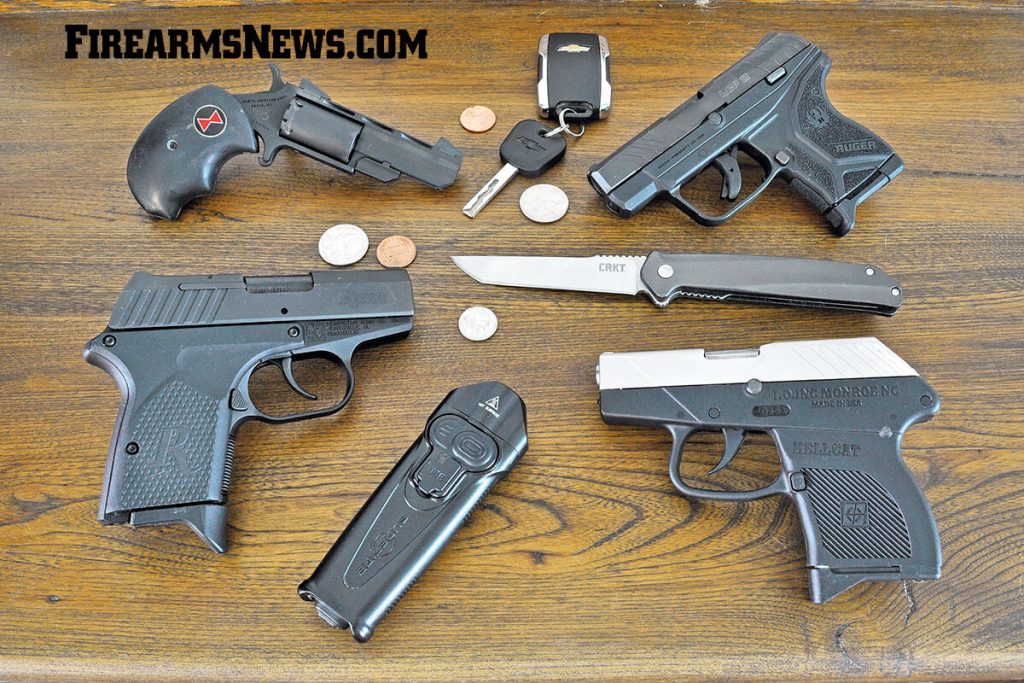
Whistle
A whistle is a cheap, simple, and effective self-defense device that, like personal alarms, deters attackers by attracting attention.
Types of Whistles
Whistles for self-defense come in various forms – from the traditional pea whistle to electric whistles that don’t require you to blow. Some are designed as keychains or necklaces for easy access.
Pros and Cons of Whistles
Whistles are highly portable, simple to use and can be seamlessly integrated into your daily life. You can use them in all weather conditions too. However, much like personal alarms, their effectiveness depends on someone hearing and responding.
How to Use a Whistle
For maximum effect, blow the whistle in short, repeated bursts. This signals emergency and helps attract attention. Keep your whistle within easy reach at all times, either around your neck or on a keychain.
Tactical Pen
tactical pens look like ordinary writing pens but are designed with self-defense features, making them an inconspicuous tool for protection.
Types of Tactical Pens
Tactical pens vary based on their features – the most basic models function as a stabbing tool, while more advanced models might include features like a glass breaker, handcuff key, or even a small blade.
Pros and Cons of Tactical Pens
A major pro of tactical pens is their innocuous appearance, which often allows them to slip by unnoticed. They’re robust, versatile, and can be used in close combat situations. The cons include a need for a certain level of physical strength and training, and they might not be effective against multiple assailants.
How to Use a Tactical Pen
Learn how to hold and wield a tactical pen properly for self-defense. The easiest technique involves holding the pen in a reverse grip and using it to stab the assailant’s vulnerable points.
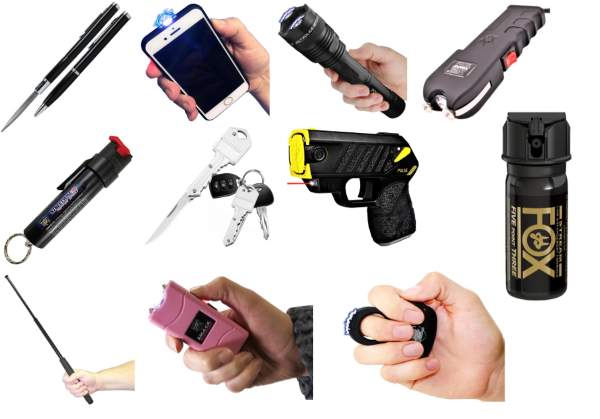
Kubotan
A Kubotan is a compact self-defense tool that originated in Japan, about the size of a thick pen or short stick and typically has six sides for a strong grip.
Types of Kubotans
Kubotans come in a variety of forms, too. Some have tapered ends for focused pressure, and others incorporate additional tools like a concealed knife or a hidden handcuff key. Many Kubotans are designed as key rings for ease of use.
Pros and Cons of Kubotans
Kubotans are light, simple to carry, and can deliver powerful blows. However, using them effectively does require some level of training, and, like the tactical pen, they might not be effective against multiple attackers.
How to Use a Kubotan
Hold the Kubotan in your fist, with the ends protruding on both sides. Use it to jab or strike at the assailant’s sensitive areas, like the ribs or the throat.
Keychain Weapons
Keychain weapons are compact self-defense tools designed to fit on a keychain.
Types of Keychain Weapons
These come in a fascinating array of forms: from pepper spray cans and mini-flashlights to stun guns and cat eye knuckles. Some are curiously disguised as everyday items like a tube of lipstick or a pen.
Pros and Cons of Keychain Weapons
The biggest advantage of keychain weapons is their aspect of surprise. They also ensure that you always have something handy for defense. However, their small size might limit their effectiveness, and you need to stay vigilant to not misplace your keys.
How to Use Keychain Weapons
The process will vary depending on the type of weapon. However, the key is to practice using it until you feel comfortable and confident.
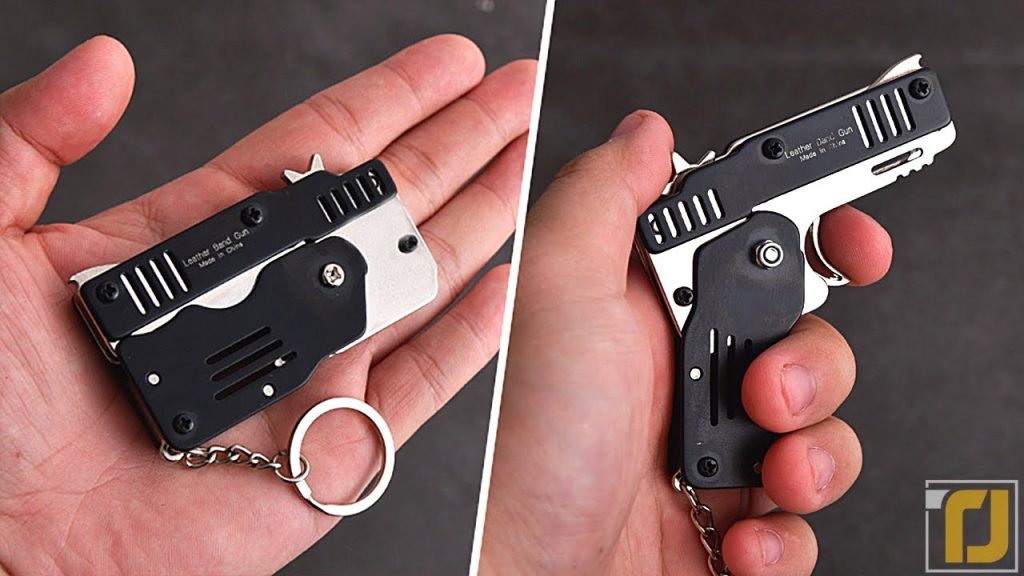
Pocket Knife
pocket knives are a common and popular choice for self-defense, largely due to their usefulness in everyday tasks.
Types of Pocket Knives
Pocket knives can be simple folding blades, switchblades, or multi-tool Swiss army knives. You’ll find varying blade sizes and types, handle materials, and locking mechanisms.
Pros and Cons of Pocket Knives
Their biggest pro: knives can inflict severe damage when wielded correctly. They’re also versatile tools for everyday use. The cons include the potential for serious harm if used incorrectly and the legal restrictions in some areas.
How to Use a Pocket Knife
The best technique will depend on the knife style, but for self-defense, aim for the attacker’s vulnerable body parts. It’s recommended to receive proper training before carrying or using a knife for self-defense.
Stun Gun
Stun guns are non-lethal weapons that discharge electricity to temporarily incapacitate an assailant.
Types of Stun Guns
Stun guns vary from compact lipstick or cell phone models to baton styles used by security forces. There are also stun guns built into flashlights and keychains.
Pros and Cons of Stun Guns
Stun guns can incapacitate an attacker swiftly without causing permanent harm. They’re also legal in many places. However, effective use demands close contact, and some people might be resistant to the shock.
How to Use a Stun Gun
A stun gun should be held against the attacker’s body, ideally, a large muscle group. Hold it there for several seconds, allowing the shock to disrupt the muscle’s function. Like other tools, practice is needed for effective use.
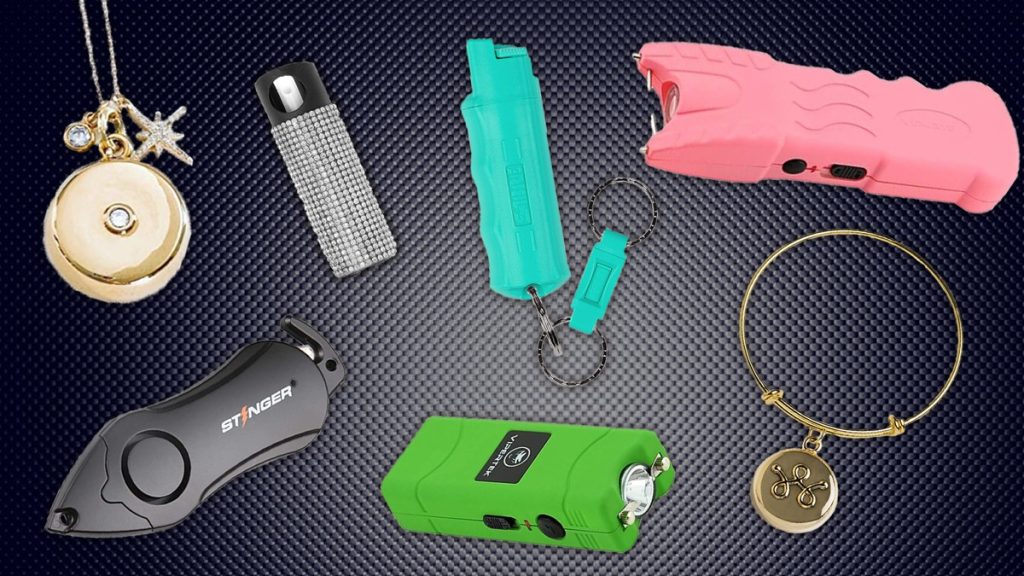
Flashlight
A flashlight is a surprisingly versatile self-defense tool, providing light in low visibility situations and potentially disorientating an aggressor.
Types of Flashlights
There are everyday carry (EDC) flashlights, tactical flashlights with strong, focused beams, and self-defense specific flashlights with built-in stun guns or pepper sprays.
Pros and Cons of Flashlights for Self Defense
Flashlights can blind an attacker temporarily, giving you time to escape or strike. High-strength models can even double as batons. The cons are that they require battery power and their size can make them unwieldy to use.
How to Use a Flashlight for Self Defense
The key steps are to shine the strong light at the attacker’s eyes to disorientate them, and if necessary, strike them with the flashlight body. Ensure you can operate the switches quickly and smoothly.
DIY Weapons
Sometimes, existing items around you can serve as self-defense tools.
Common Household Items for Self Defense
Common items can include pens, keys, rolled-up magazines, or even aerosol deodorant cans. Essentially, anything you can use to hit or jab an attacker can serve as a weapon in a pinch.
Pros and Cons of DIY Weapons
The biggest advantage of DIY weapons is availability – you’ll always have something at hand. However, their effectiveness is generally lower than purpose-built weapons, and using them requires creativity and quick thinking.
How to Use DIY Weapons
Your use-case will depend on the item at hand. Generally, aim for the eyes, throat, ear, kneecap, or groin for maximum impact.
Remember, the purpose of all these self-defense tools is not to win a fight but to get you out of a dangerous situation safely. So choose your weapon carefully, learn how to use it effectively, and stay safe!
